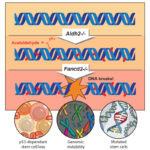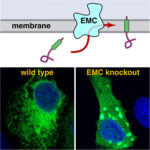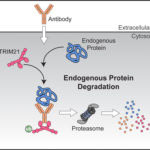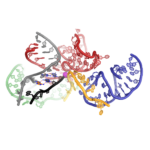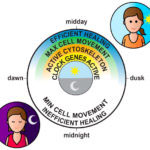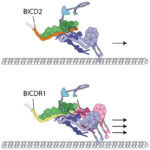
Cytoplasmic dynein-1, a protein that transports cargos along microtubule tracks throughout the cell, binds to dynactin and cargo adaptor proteins to carry its cargos over long distances. Various cargos use different adaptors to recruit dynein for transport. Until now, it has not been clear whether all cargos recruit dynein in the same way and how different cargo adaptors act.
